Thinking of going hiking this summer, but want more than just another intermediate hike through the forest? This guide will provide everything you need for summiting Longs Peak. I’ll share the best timing for your hike, the mountain’s history, and why it’s the most dangerous 14er in Colorado.
Colorado has a total of fifty-eight 14ers, or 58 mountains that have an elevation of over 14,000 feet above sea level – the most out of any state. Six of the 58 are in the Front Range, making them accessible hiking goals while you’re stationed (or just living) in the Denver or Colorado Springs areas.
In this post, I’m excited to share my first-hand account of hiking Longs Peak. Living in Colorado offers countless adventures, but conquering a 14er is a rite of passage. Join me as we delve into the journey of summiting the only 14er nestled within one of Colorado’s stunning National Parks!

Long’s Peak Stats
- Trail length: 14.8 miles (7.4mi out, 7.4mi back)
- Estimated time for completion: 9.5 hours
- Best way to experience the journey: camp in Rocky Mountain National Park (and explore the park afterwards with my post here)
- Recommended start time: 04:00
- Recommended months: June through September
- Best part: The thrill of walking along the knife’s edge portion of the trail
- Named after: Major Stephen Harriman Long (1784–1864)–an American military explorer that in 1820, lead an expedition into present-day Colorado
I consider Longs Peak to be the second hardest peak in the Front Range but also the most rewarding.
A comprehensive guide to hiking Longs Peak must emphasize its reputation as the deadliest 14er in Colorado. With 58 recorded deaths and an average of two fatalities annually, caution is paramount. Before attempting the summit, it’s crucial to establish yourself as a proficient hiker. Longs Peak demands exceptional endurance, scrambling skills, and the wisdom to recognize when adverse weather warrants delaying the ascent.
Summiting Longs Peak: Where to Begin
During my ascent of Longs Peak, I began by camping in Rocky Mountain National Park the night before. This put me within 20 minutes of the trailhead so I could get an earlier start. If campgrounds aren’t your thing, no worries! There’s dispersed camping in the nearby National Forest for free, so the choice is completely up to you!
Check out my post here for tips on where to camp in the National Park and for things to do after you’re done with your hike.
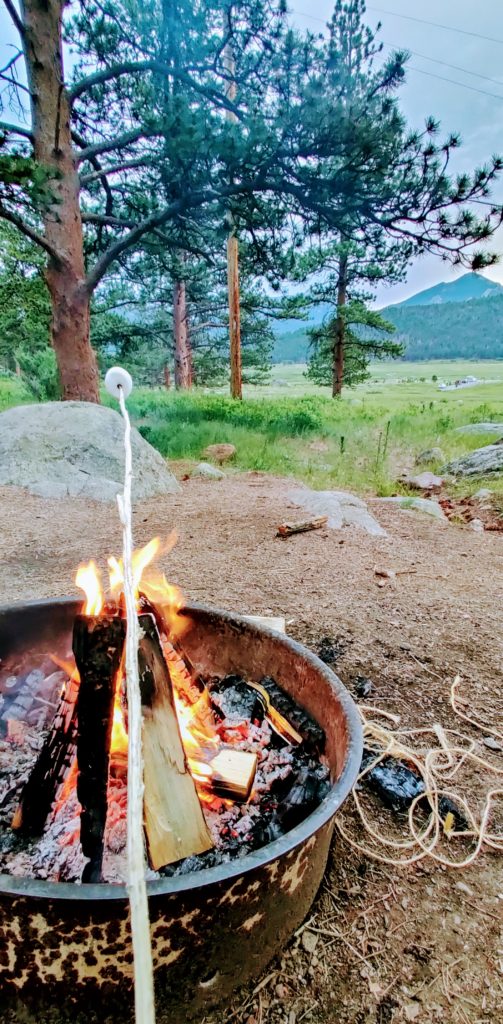
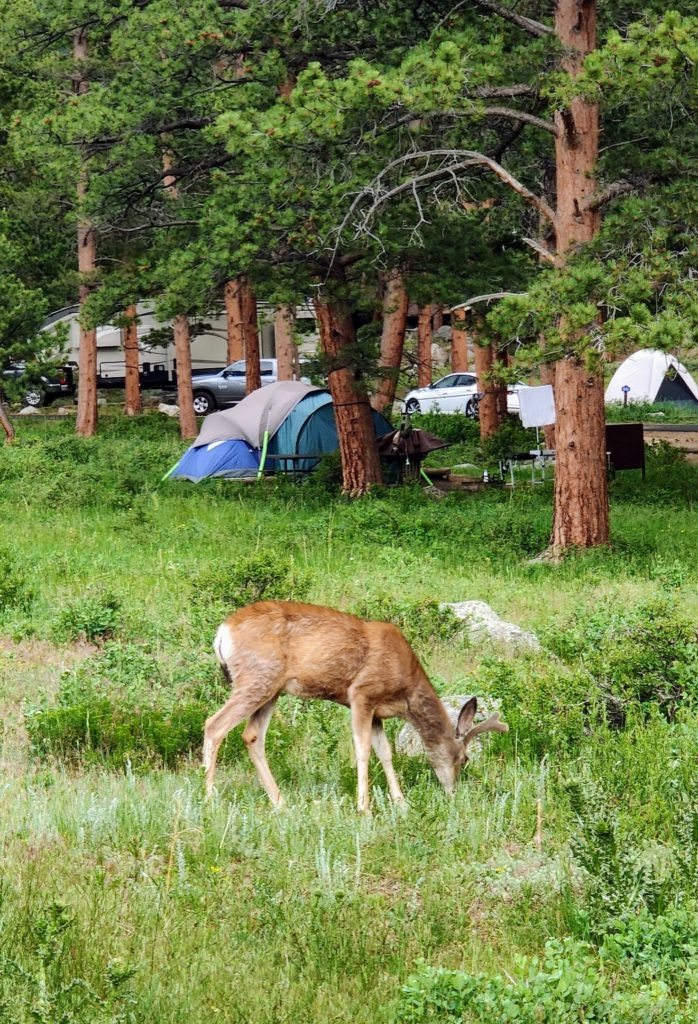
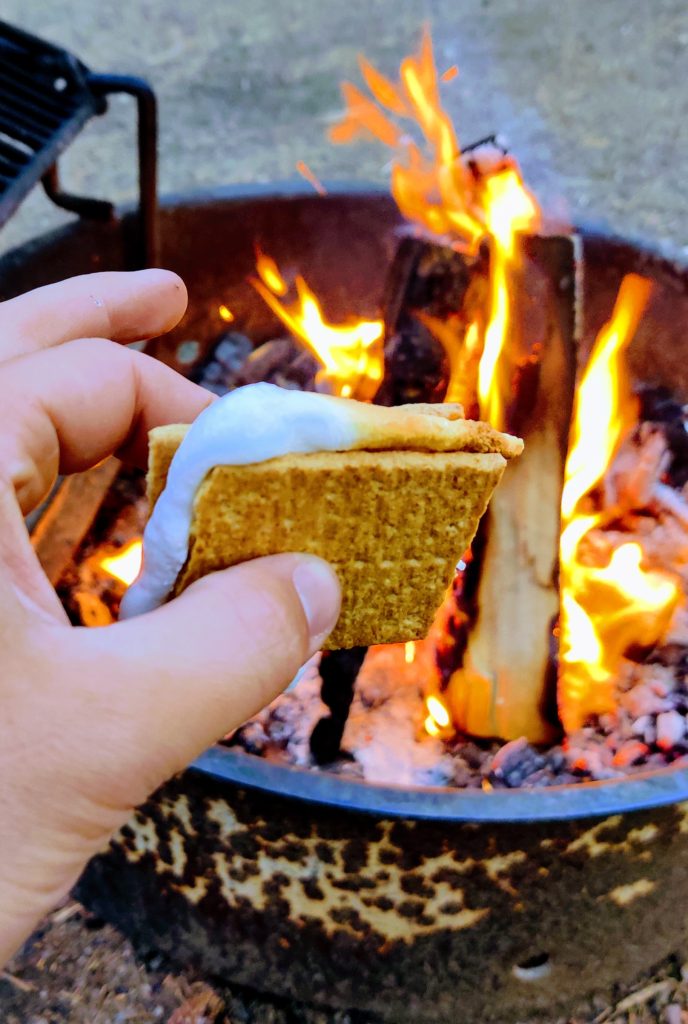
Start by parking at the Longs Peak Trailhead for the Keyhole Route:
For properly summiting Longs Peak, make sure you plan accordingly. Don’t start without a headlight, plenty of water, extra socks, some moleskin (for blisters), and more snacks than you think you’ll need. I’d recommend at least 10 Clif bars or something calorically equivalent; maybe even a few sandwiches or something lunch-like.
If summiting from the Keyhole Route, then the trail is a straight shot to the boulder field. Be sure to take in the amazing sunrise you’ll get from just above the trees! I got really lucky and didn’t see a single person on the trail when I was already maybe 4 miles in towards the summit. Keep an eye out for deer here, they love to surprise you!
As the trail ends, it’s kind of anyone’s guess as to which path along the boulder field is best. Just keep your eye on the keyhole and make sure you make your way in that direction!
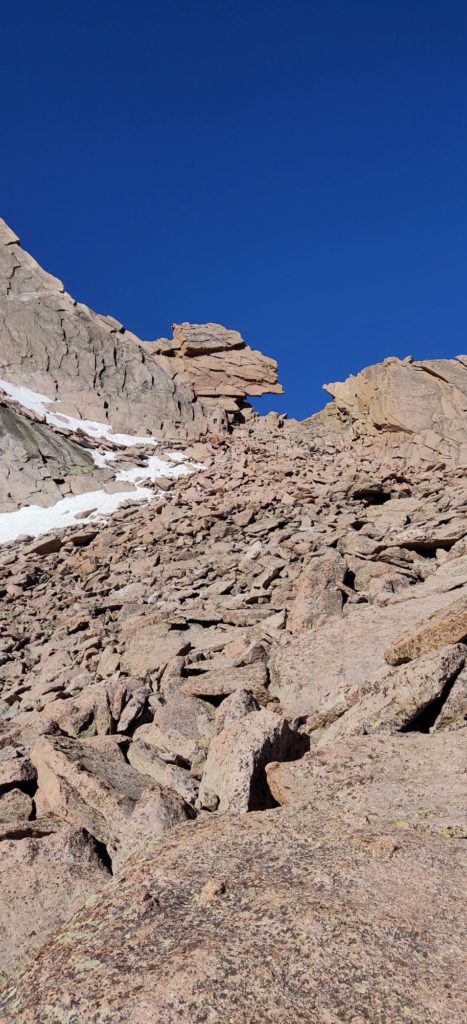
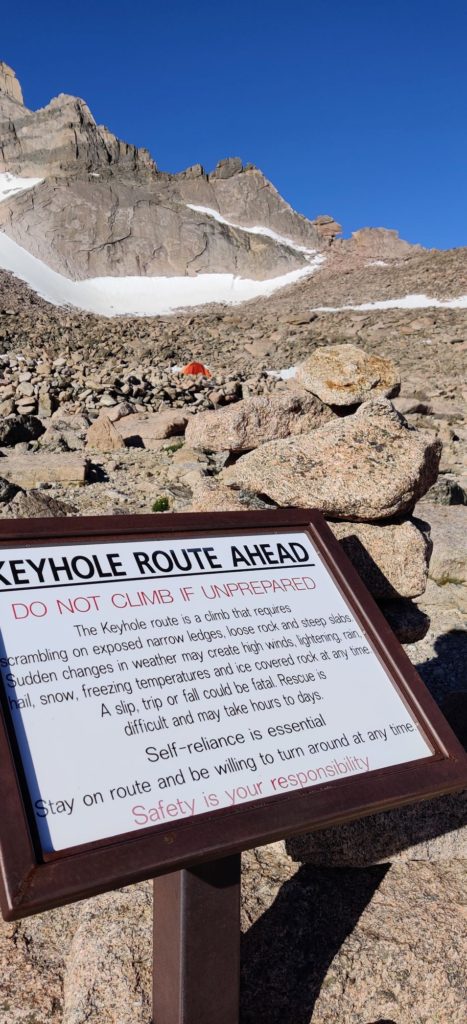
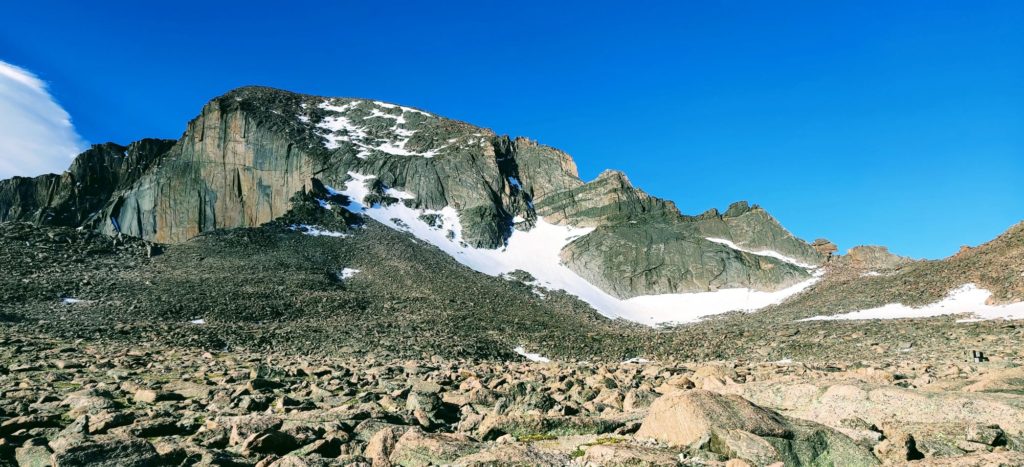
Once you’re through the keyhole, you’ll want to make sure you have a solid footing because the trail gets extremely narrow here and one slip could be fatal! Follow the bullseyes to get out of this portion and onto the final push!
If you’re not the most balanced/stable person, you might consider this to be a good point to turn around. The “trail” (if that’s what we’re calling it lol) is extremely narrow beyond this point until the summit. Here’s a few pictures to show you just how precise you need to be with your footing to ensure success.
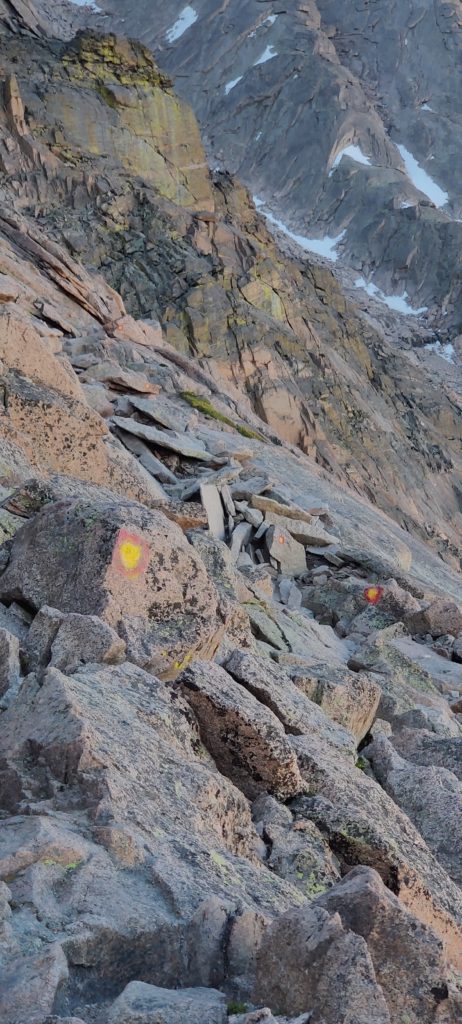
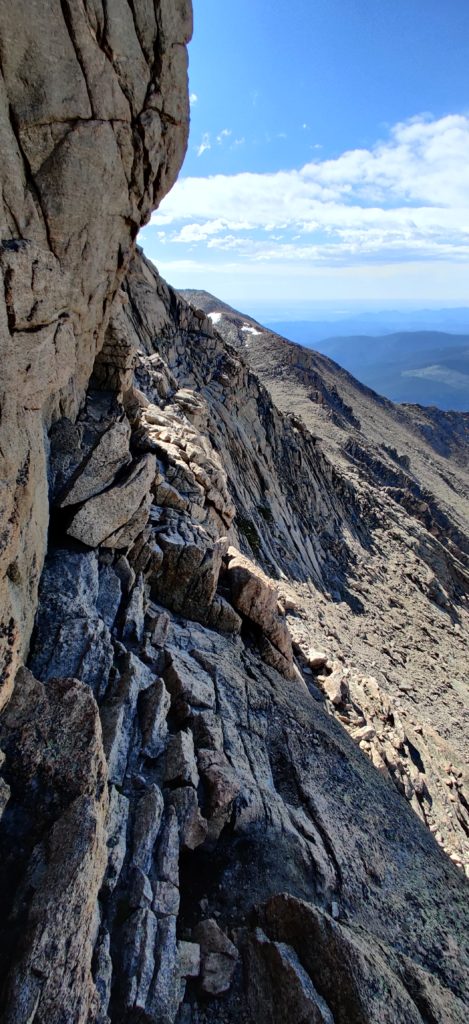
And if pictures aren’t doing you justice, here’s a video of the drop off one side.
Once you’re past this section, you’ll have one final push to the top. Make sure you ready for a steep climb before attempting the final push. One slip here means falling a hundred feet or so…
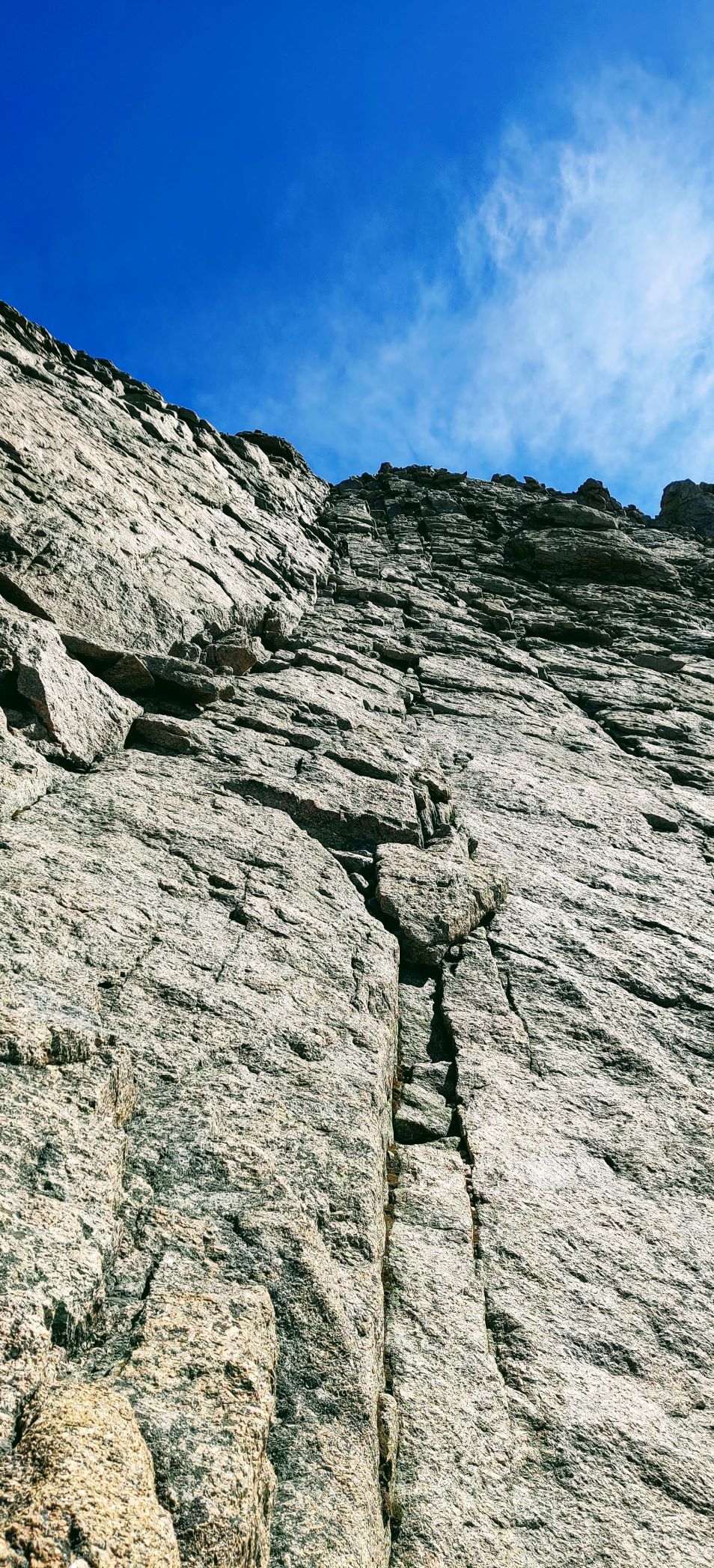
Finally! You’re at the top! Take out your cardboard sign and take as many selfies as you can as you’ve officially climbed the deadliest 14er in Colorado and the only one in a National Park!
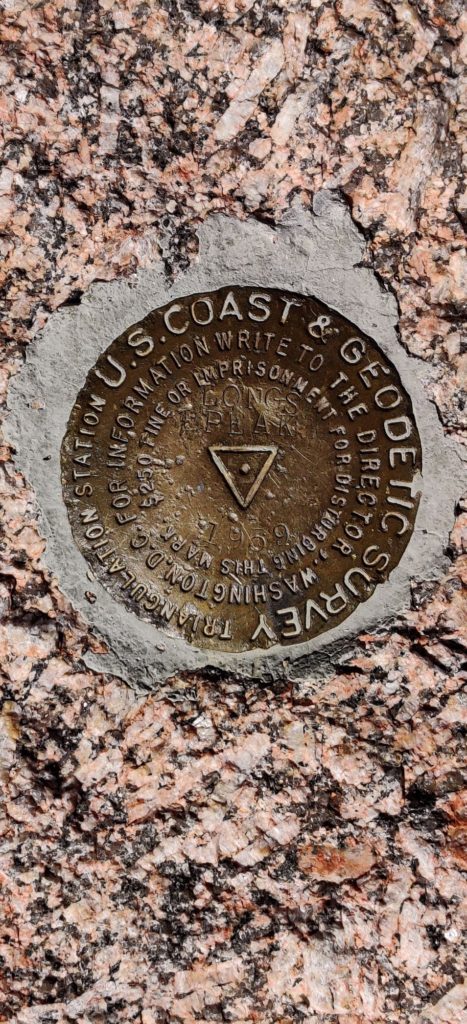
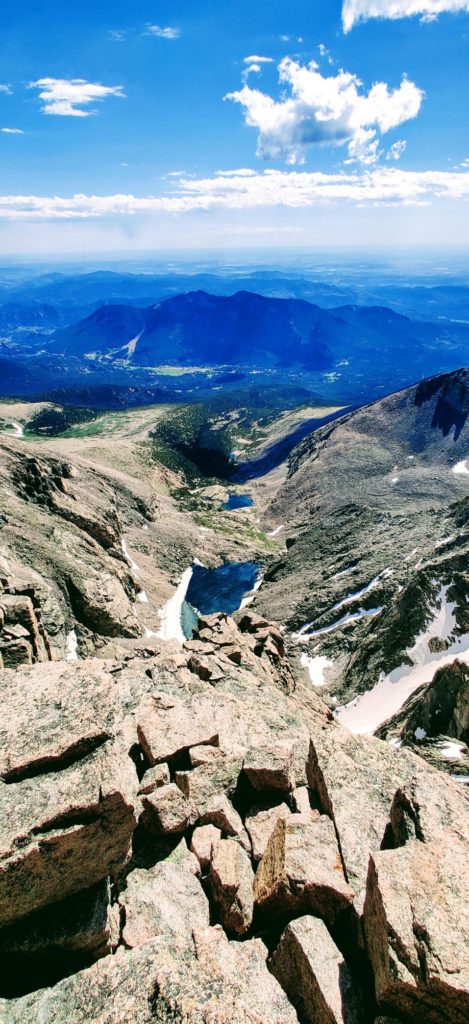
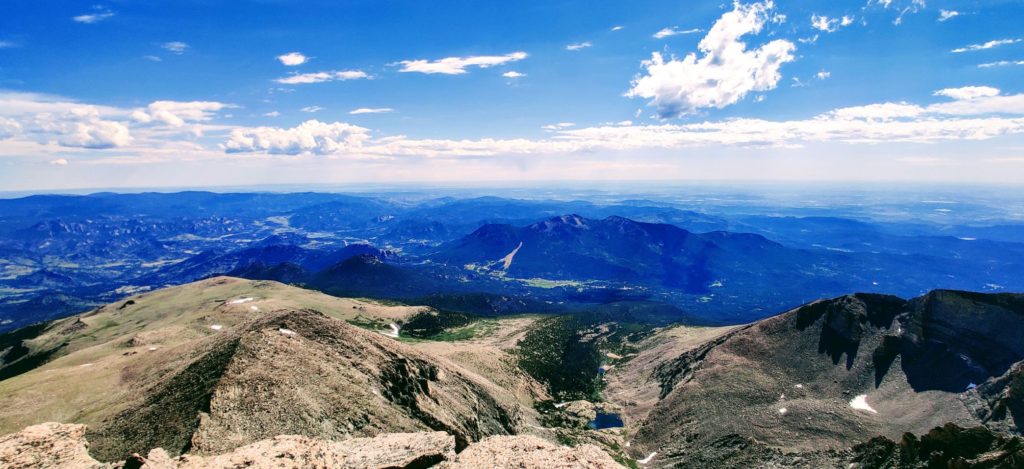
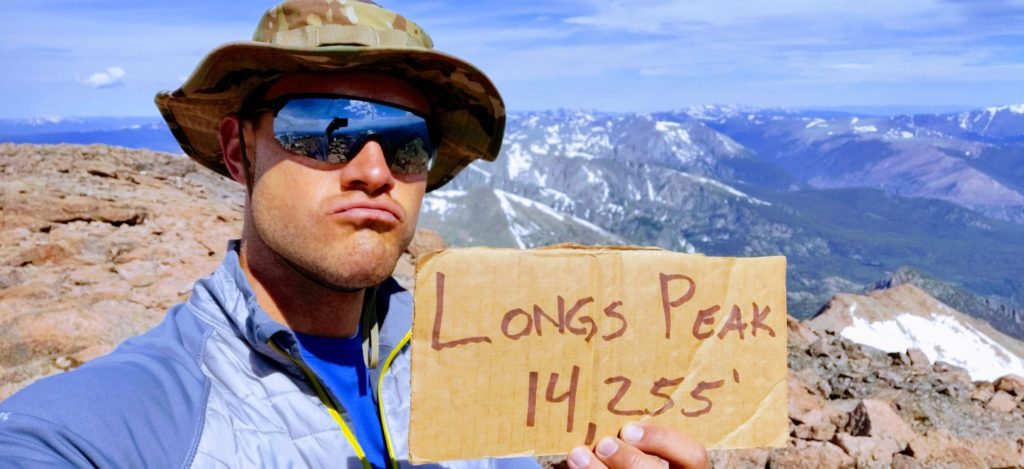
Take your time getting back down and don’t rush it. The last thing you want is to think you’re in the clear just to miss a footing and roll an ankle or something worse!


